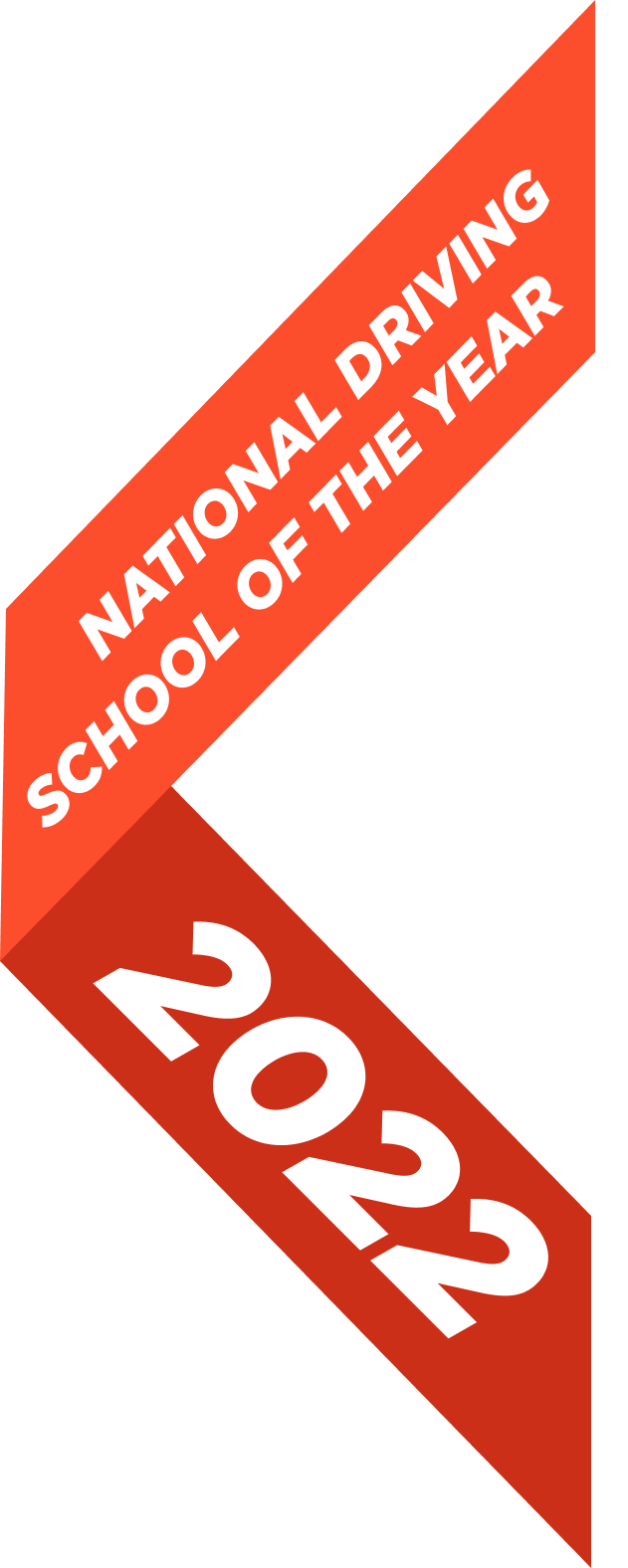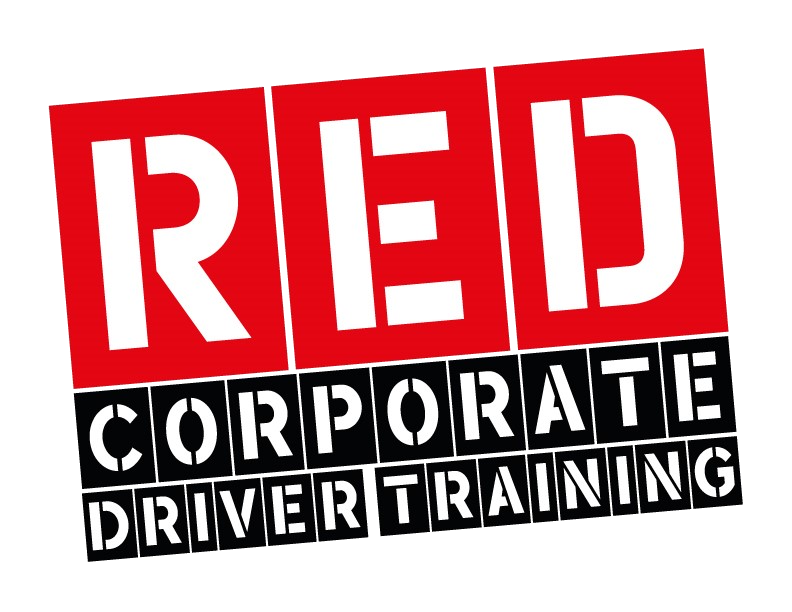A Guide to Junctions
Junctions are an integral part of our driving journey. It is of no doubt that you will encounter many each and every time you drive and so it’s important to know exactly what rules apply and how to remain safe. Read our guide below to make sure that you’re in the know.

Traffic-Light Controlled Junctions
You must stop and remain stopped behind the white ‘stop’ line on your side of the road unless the green traffic light is showing. It is only permitted to proceed on amber if you have already crossed the stop line or if stopping may cause a collision.
Under no circumstance should you pass the white stop line whilst the red light is showing. Only proceed when the traffic lights are showing green provided that there is room for you to cross the junction clearly and with no risk of blocking other traffic.
An additional traffic light signal that you may come across is the green filter arrow. This permits traffic in that filter lane only to proceed.
Advanced stop lines allow cyclists to be positioned in front of other traffic at junctions. Motorists have to stop at the first white line reached if the traffic lights are showing amber or red. Blocking this area should be avoided at all times, if the junction ahead is blocked, remain behind the first white line until you can proceed. When the traffic lights show green, allow cyclists time and space to move off safely.
Turning Right
Turning right into a junction can be tricky and overwhelming. A lot of safety precautions have to be carried out to prevent an accident occurring. Well in advance of your right turn, ensure that you’ve used your mirrors to assess your position and the flow of traffic behind you. Use your right indicator to announce your intention and then move into an appropriate position which will allow you to turn right when the oncoming traffic allows but also allow the free-flow of traffic to the left of you. When there is a gap big enough between you and oncoming traffic to allow safe passage, check your mirrors once again and proceed into the road.
You may have a situation where you’re turning right at a cross-road and an oncoming vehicle is also turning right. In this instance you should proceed with caution but there are two main options:
- Turn right side by side to the other vehicle, ensuring that it is always to your right and that you turn behind it
- Turning in front of one another- this can be dangerous in terms of blocking your view so if this method is chosen proceed with caution
*NOTE that road markings (shown by white arrows painted on the floor) may be present to indicate which of these methods to use- this MUST be adhered to.
Box Junctions
These are square boxes with criss-cross yellow lines painted on the road. They are used to prevent congestion at junctions by allowing traffic to take alternative exits whilst allowing the free-flow of other traffic. You are not permitted to enter a box junction unless your exit road or lane is clear. However, you may enter the box and wait when you want to turn right and are only stopped from doing so by oncoming traffic, or by other vehicles waiting to turn right.
Staggered Junctions
A staggered junction occurs when a minor road reaches a major road but the continuing minor road is not directly opposite. The continuing minor road is usually offset slightly from the major road. Drivers are urged to exercise extreme care and make extra observations when dealing with these types of road junctions.
Precautions to take when approaching junctions
- Reduce your speed well in-advance of the junction to allow yourself time to assess the traffic flow before proceeding.
- Look early and be aware that other vehicles may not always use their signals to announce their turning intention, prepare for last minute decisions.
- Be aware of your position. Whether you are turning right or left, other vehicles should be able to position themselves alongside you at most junctions. Don’t sit in the middle of the junction.
If approached with care and attention, junctions are a relatively straightforward part of driving. Whilst you may encounter certain struggles at first, regular practice will ensure that you are able to navigate junctions safely and without problems.






